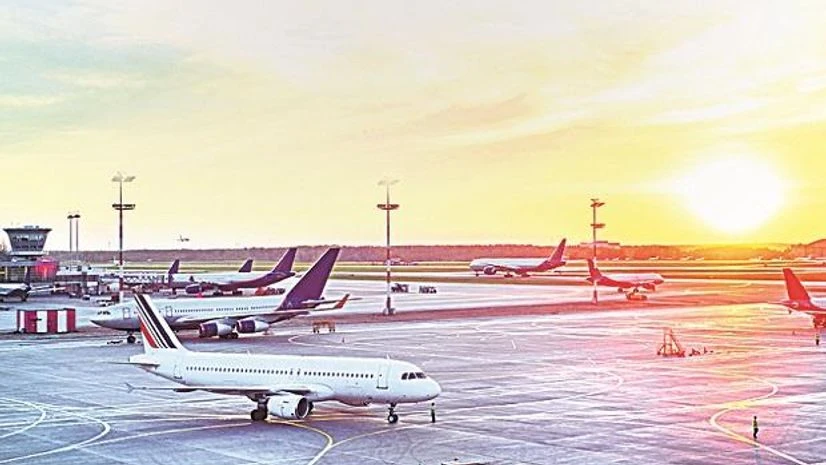By Mary Schlangenstein
Airlines and planemakers obsess about reducing jet-fuel consumption by constantly finding new ways to reduce aircraft weight. They may have new allies in Ozempic and other similar slimming medications.
United Airlines Holdings Inc. would save $80 million a year if the average passenger weight falls by 10 pounds, Sheila Kahyaoglu, a Jefferies Financial analyst, estimated in a report Friday. Her work was part of a broader Jefferies analysis of public enthusiasm for the drug and potential beneficiaries of its use.
There could be a more than $100 billion global market for such medicines, with sales climbing quickly through the end of the decade, the review concluded. Ozempic is made by Novo Nordisk A/S.
Weight is a major concern for airlines because the more a plane weighs, the more fuel it burns. Fuel and labor are the two largest expenses for carriers, with fuel accounting for about 25%. Over the years airlines have used a variety of methods to reduce pounds on flights, like removing magazines and switching to lower-weight dishes, utensils and beverage carts.
Also Read
If the average passenger lost 10 pounds, this would trim 1,790 pounds from every United flight, implying a savings of 27.6 million gallons a year, the analyst estimated. At an average 2023 fuel price of $2.89 a gallon, United would save $80 million a year. That equates to 20 cents of earnings per share, or 2% of Jefferies’s full-year earnings estimate of $9.50 a share, she said.
“This benefit should be recognized similarly across airlines,” Kahyaoglu wrote.
The Centers for Disease Control and Prevention says one in three adults and one in five children are obese, or have a body mass index of 30 or higher for adults. And the share of the worldwide population considered overweight is expected to reach 41.5% this year, from 36.4% in 2013, according to the Jefferies report.
Other industries seen benefiting from the growth of weight-loss drugs include pharmaceuticals, apparel — particularly athletic clothing — and cosmetics, the Jefferies report said. A negative effect could hit restaurants and some food and beverage producers if consumers shift to healthier eating or stop buying some products. The high cost of the drugs could lower spending for things like furniture or travel, it said.
Jet fuel prices in New York harbor have climbed 39%, or 89 cents a gallon, over the past three months, reaching $3.19 Friday. Every 10 cent increase per gallon in jet fuel costs the airlines $2 billion annually, according to 2023 estimates from the Bureau of Transportation Statistics and Airlines for America.

)
